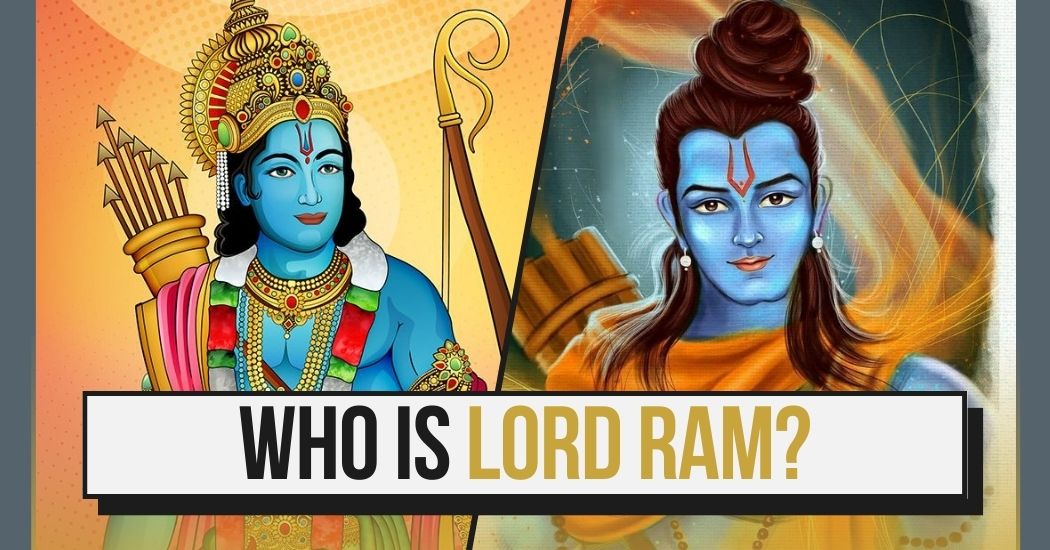The personification of gallantry and virtue, Rama is one of the most widely revered Hindu deities. In Indian tradition, there are three Ramas: Parashurama, Balarama, and Ramachandra. However, the name is primarily linked with Ramachandra, Vishnu’s seventh incarnation (avatar). His narrative is recorded briefly in the Mahabharata (the “Great Epic of the Bharata Dynasty”) and at length in the Ramayana (the “Journey of Rama”).
In the early centuries after Christ, references to Rama as an avatar of Vishnu begins to occur. Before the 14th and 15th centuries, however, different groups emerged that revered him as the supreme deity (notably that of the followers of the Brahman Ramananda). The recounting of the Sanskrit epics in the vernaculars, such as Tulsidas’s famed Hindi version, the Ramcharitmanas (“Sacred Lake of the Acts of Rama”), and the Tamil Ramayana by Kampan, as well as countless oral versions and dance dramas, substantially expanded Rama’s popularity.
During that time, Rama and Krishna (also an incarnation of Vishnu) were the most revered deities among the bhakti (devotional) groups that swept the nation. In contrast to Krishna, who is revered for his mischievous antics and sexual liaisons, Rama is seen as an example of rationality, proper action, and admirable virtues. India is replete with temples dedicated to Rama and his devotee, the monkey-like Hanuman. Rama’s name is commonly used as a welcome among friends (“Ram! Ram! “), and he is the most invoked deity after death.
In sculpture, Rama is depicted as a standing figure carrying an arrow and a bow in his right and left hands, respectively. His image in a shrine or temple is nearly always accompanied by statues of Sita, Lakshmana, and Hanuman. In paintings, he is represented as having a dark complexion (reflecting his affinity with Vishnu) and wearing a Kurita-makuta (a tall conical cap) to denote his royal status. In the 17th and 18th centuries, the Rajasthani and Pahari schools of art depicted Rama’s adventures with tremendous sympathy.

